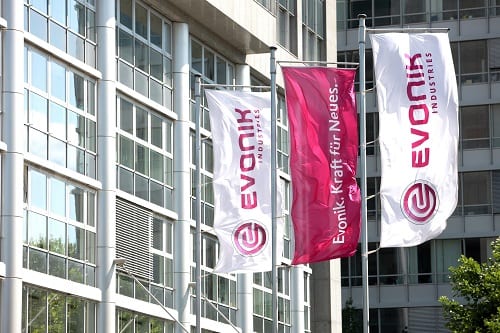The lithium electricity storage system (LESSY) concept is based on the lithium-ion battery technology that the industrial group from Germany Evonik Industries developed specially for electro mobility. The system is designed to accommodate 4,700 lithium-ion battery cells with a storage capacity of around 700 kilowatt hours and an output of around 1 megawatt.
LESSY functions by creating a buffer when more energy is generated than consumed. The storage system, which is housed in a sea container, can thus help to stabilize the grid. The ramp-up of test operations now underway will show whether lithium-ion storage systems can reliably fulfill this function.
 Evonik Industries, STEAG, and other project partners put a LESSY into operation at STEAG’s Fenne power plant in Völklingen, Germany. The research project is a collaborative venture between Evonik, STEAG Power Saar GmbH, Li-Tec Battery GmbH, Digatron Industrie-Elektronik GmbH, the EWE Next Energy and Power Engineering Saar institutes, and the University of Munster. The large-format energy storage system was developed under a research initiative sponsored by the German Federal Ministry of Education and Research.
Evonik Industries, STEAG, and other project partners put a LESSY into operation at STEAG’s Fenne power plant in Völklingen, Germany. The research project is a collaborative venture between Evonik, STEAG Power Saar GmbH, Li-Tec Battery GmbH, Digatron Industrie-Elektronik GmbH, the EWE Next Energy and Power Engineering Saar institutes, and the University of Munster. The large-format energy storage system was developed under a research initiative sponsored by the German Federal Ministry of Education and Research.
“Storage systems like LESSY are designed to help close the gap between the supply of and demand for electrical energy that is starting to emerge in the field of renewable energy in particular,” said Professor Stefan Buchholz, Head of Evonik’s strategic innovation unit Creavis, in Völklingen. “In this way, they could contribute to the energy revolution in Germany.”
Peter Nützl, director of STEAG Technischer Service GmbH, explained: “The energy revolution in Germany is a highly complex, difficult project that can only be successfully implemented with a whole range of different measures. We need creative concepts like LESSY to cope with these huge challenges.”
Find additional information HERE.
Image: Evonik Industries

















